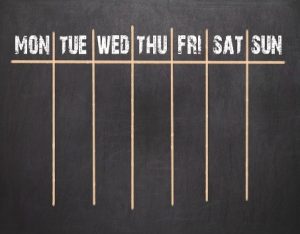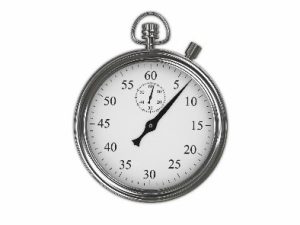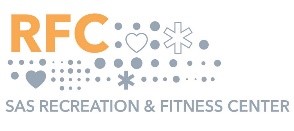If you’re looking to make movement a regular habit, then consider the F.I.T.T. principles of exercise.
F.I.T.T. = Frequency, Intensity, Time, Type
Frequency of exercise refers to the number of times per day or days per week you will add movement to your routine.
 Strategy: Many recommendations will suggest starting with just 2 – 3 times per week. This frequency can prevent over training and generally fits well into a busy schedule. However, others indicate that doing a small amount everyday (even as little as just 1 – 2 exercises) is more successful in creating a habit. Ever heard of EHOH or Every Hour on the Hour? At the top of each hour during an 8-hour workday, perform just one minute of an exercise. Jumping jacks, squats, planks, pushups, knee lifts, walking, etc. Just about any movement will do!
Strategy: Many recommendations will suggest starting with just 2 – 3 times per week. This frequency can prevent over training and generally fits well into a busy schedule. However, others indicate that doing a small amount everyday (even as little as just 1 – 2 exercises) is more successful in creating a habit. Ever heard of EHOH or Every Hour on the Hour? At the top of each hour during an 8-hour workday, perform just one minute of an exercise. Jumping jacks, squats, planks, pushups, knee lifts, walking, etc. Just about any movement will do!
Intensity can be described as how hard or easy you push yourself. It is not recommended to work out to maximum effort level on every workout even for a trained athlete.
Strategy: When getting started it’s better to shoot for the lower to moderate levels of intensity. Consider using a perceived exertion scale of 1 – 10 with 1 being extremely easy and 10 being very, very hard or “all out”. This is your perception of how hard or easy you are working. Aim for a 4 or 5 or 40 – 50% effort as you begin any new exercise. It may help to know that the biggest benefits happen when one goes from doing nothing to something. It’s important to build a base of fitness. Going too hard, too quickly can lead to uncomfortable muscle soreness and even injury. Nothing will derail your fitness plan faster than an injury. Stay on track by not overdoing it.
Time typically refers to the number of minutes you workout in a single exercise session.
Strategy: Begin with just 5 – 10 minutes of exercise per work out. Small amounts of exercise generally fit better into a busy schedule and therefore are more sustainable. Adding just 10 minutes each day adds up to a respectable 70 minutes per week. Research has shown that three 10-minute bouts are just as effective as one 30-minute workout.
better into a busy schedule and therefore are more sustainable. Adding just 10 minutes each day adds up to a respectable 70 minutes per week. Research has shown that three 10-minute bouts are just as effective as one 30-minute workout.
It is also helpful when thinking of the variable of time to consider the time of day you workout. If you’re not a morning person, planning to rise early to workout may not be successful. What’s the best time of day to workout? Experts agree, it’s whatever time you will do it.
Type of exercise varies greatly which is great news. If you’re not a fan of running, no problem. How about dance or cycle instead. Don’t like lifting weights? Try resistance tubes. There are multiple options from which to pick.
Strategy: Focus on beginning with just one component of fitness: cardiovascular, strength or flexibility. They’re all equally important. Once you’ve established a regular routine, add another component. Still not sure where to start? Try one of each for the first few weeks. For example, low impact aerobics on Monday, body weight strength training Wednesday and Yoga on Saturday. There are lots of options to choose from including boxing, step class, intervals, TRX, Ballet Body Sculpt and more. Keep trying different modes until you find one you love. Check out a variety of classes from the Recreation and Fitness Center’s on-demand video library. 
Recommendations for the frequency, intensity, time and type of exercise you choose to engage in will vary based on your specific goals. Just remember that regardless of your goal, when getting started, low and slow is the way to go!
